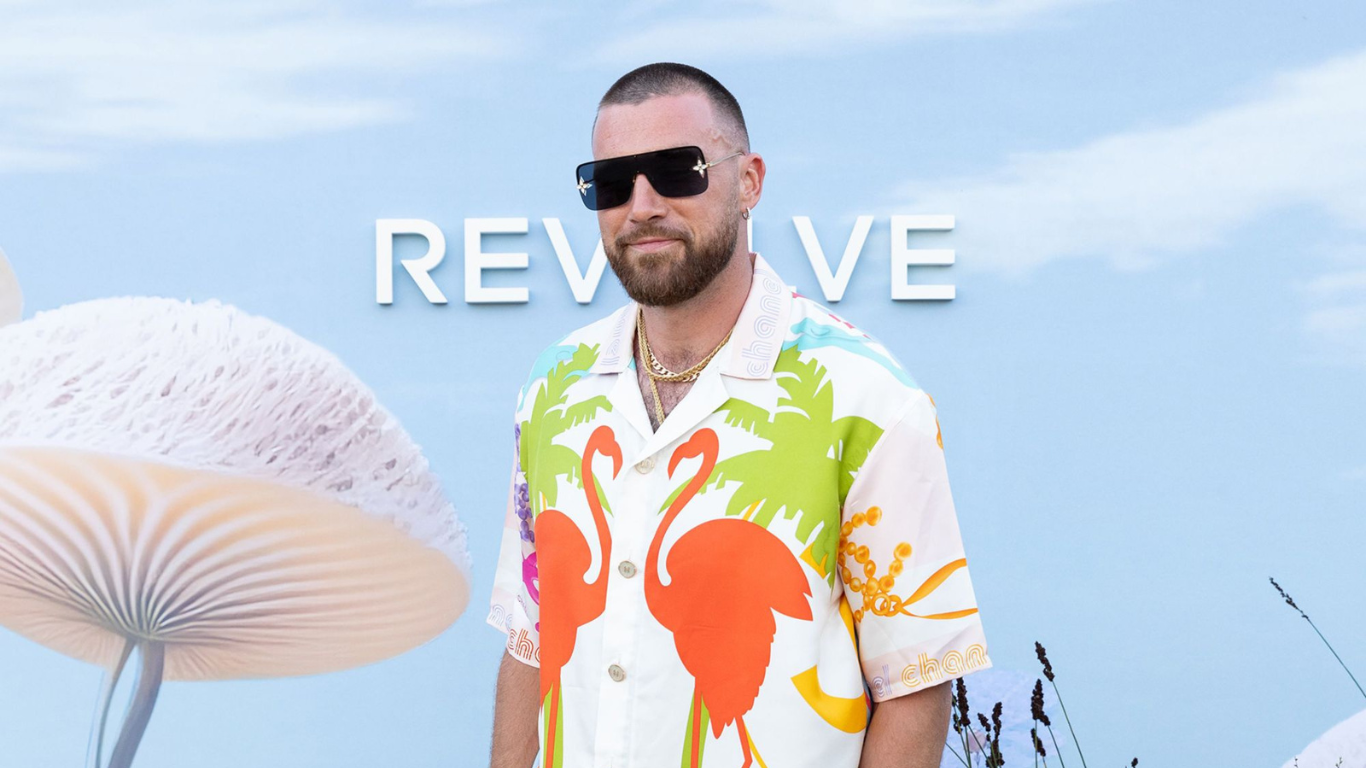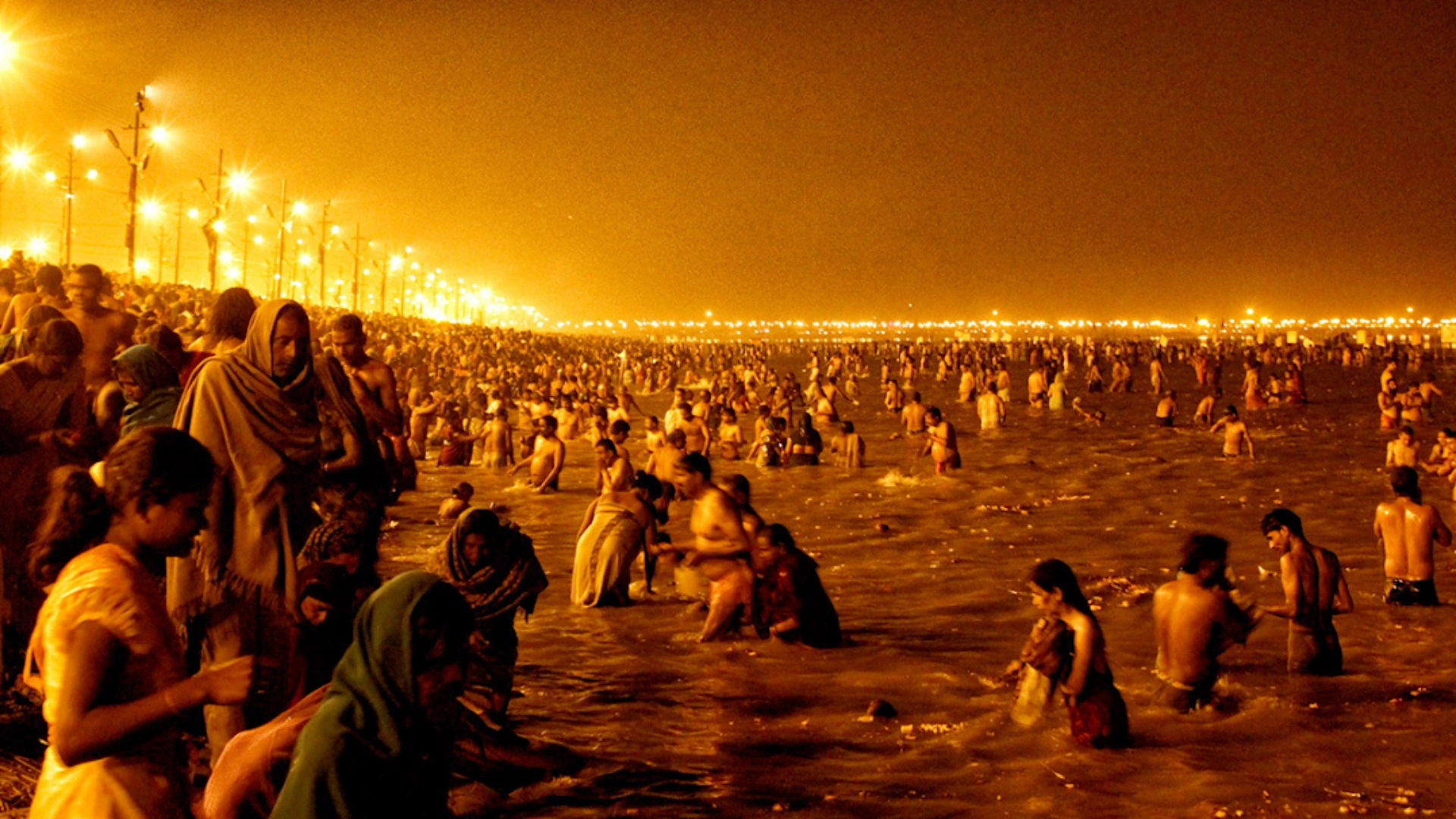Just over a year ago, NFL star Travis Kelce made a bold fashion statement by wearing a striking silk shirt adorned with two large pink flamingos and a prominent Chanel logo at the hem. This unique design was created by stylist Logan Horne, known for his brand J. Logan Home, which specializes in transforming vintage Chanel scarves into high-fashion pieces. Horne’s creations, priced at nearly $3,000 each, have been sported by celebrities like Dua Lipa and 2 Chainz and are available at upscale retailers such as Farfetch, Kith, and The Webster. However, these distinctive pieces have also drawn the scrutiny of Chanel’s legal team.
In February, lawyers acting for Chanel sent Horne a cease and desist letter, demanding his label stop selling products bearing its logo and other brand signifiers.
It’s the latest in a flurry of cases that have turned upcycling into an emerging legal battle ground, pitting a practice that’s been pitched as key to improving the industry’s sustainability credentials against the established bounds of trademark protection.
What is upcycled fashion?

Upcycled fashion takes the clothes that would otherwise be thrown away and reinvents them. The whole principle behind upcycling clothing is to take used garments and create new looks. As a result, clothing is given a new look, and new life, rather than adding to waste in a landfill.
Benefits of Upcycled fashion
Production costs can be very high when businesses are having new materials made for them all time. By reusing and repurposing materials, the business saves money on supply costs and can, in turn, lower consumer costs.
Why is upcyclying fashion is controversial?
Despite of such environmental benefits, why is upcycling fashion a controversy?

Chanel’s objection to J. Logan Home’s designs isn’t entirely unexpected.
Luxury brands have long been wary of the secondary market, fearing it might undermine their tightly controlled brand distribution and image, cut into their sales, and foster counterfeiting.
This tension has become more pronounced over the past decade with the growth of online resale platforms. While some luxury brands have started to cautiously explore this market, others remain wary. Chanel, notably, has taken legal action against re-commerce companies it accuses of unauthorized use of its brand and selling counterfeit products.
Earlier this year, Chanel achieved a significant victory when a New York court awarded it $4 million in damages in a lawsuit against the resale company What Goes Around Comes Around. Another legal battle with The RealReal is still ongoing.
Smaller-scale upcycling has attracted less attention so far. But the practice has become more widespread, driven in part by demand for logo-heavy streetwear, greater access to vintage products and deadstock fabrics and a growing desire among young designers to operate sustainably.
That’s given rise to an increasing number of trademark and copyright infringement complaints targeting upcyclers from brands including Louis Vuitton and Levi’s, as well as Chanel.
In 2022, Louis Vuitton secured a $603,000 pay out and permanent injunction in a Texas case against a business selling refashioned Vuitton products. Last year, Levi’s brought a complaint against French label Coperni, alleging it was using pocket stitching and fabric tabs confusingly similar to the famed denim label. The sale of such products, alongside items that had actually been upcycled from Levi’s jeans without authorization, created additional risk of consumer confusion, the company argued.
Both brands declined to comment when reached by Business of Fashion.
What lies for the future of upcycling?

Horne says he can’t afford to fight Chanel, which has threatened to seek statutory damages of $2 million per mark, disgorgement of all profits and payment of its attorney’s fees if he doesn’t stop selling products carrying the company’s branding, according to a copy of the letter reviewed by Business of Fashion.
Instead, he said he’s looking at to pivot his brand while continuing to find creative ways to address the industry’s issues with waste and over-production. The dream would be an opportunity to officially collaborate with an established label on an upcycled collection.
“As much as I believe in my mission… I’m not trying to go bankrupt going to battle with Chanel,” he said.
Industry watchers say the current flurry of cases reflect a broader adjustment to emerging new models. Some big brands, like Prada, Gucci and indeed Levi’s, have already dabbled with upcycling collections and programs of their own. Anna Foster, who runs the refashioned brand E.L.V. Denim, has partnered with companies including Gabriela Hearst and The Outnet to help upcycle excess inventory. These days, she says she’s having about a conversation a week with brands interested in exploring collaboration, but the industry moves slowly.


















